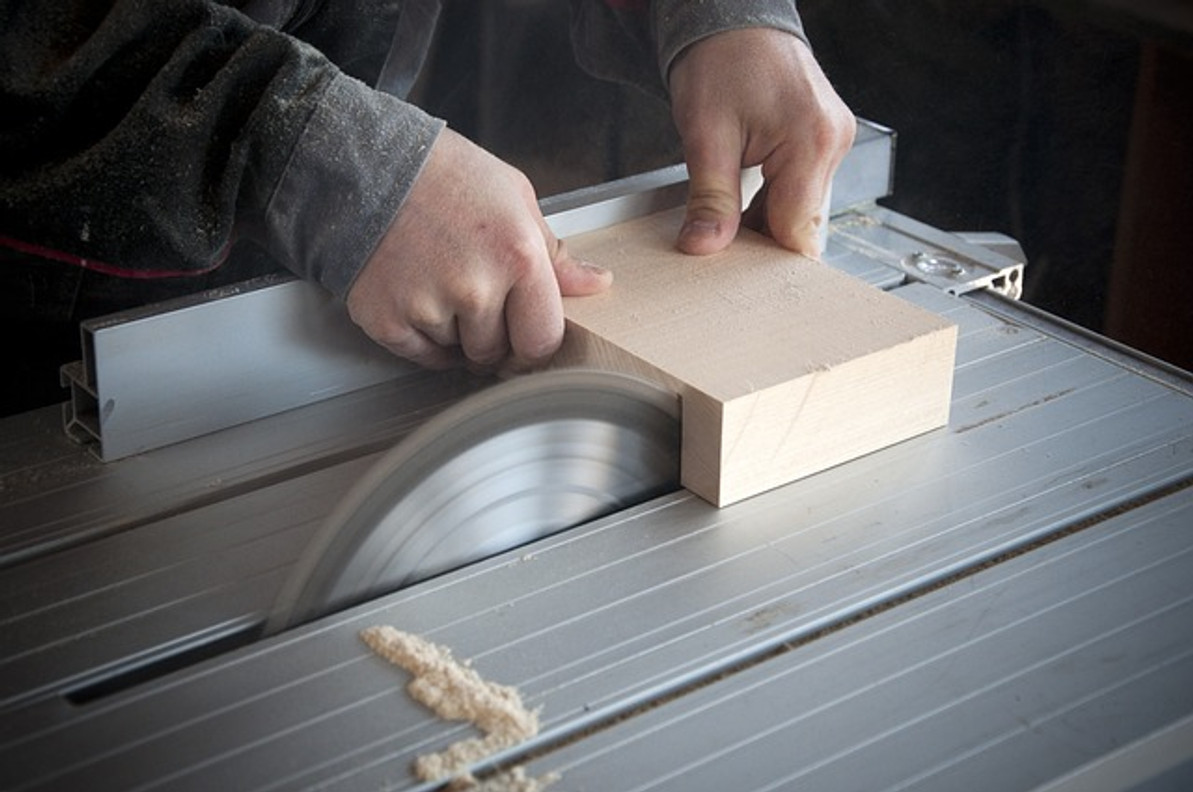What Is a Dust Extractor and How Does It Work?
A dust extractor can make a world of difference in the air quality of many workplaces. Also known as a dust collector, it will remove dust from the air. Many workplaces have high levels of airborne dust. Workplaces that produce wooden products or otherwise work with wood, for instance, will likely have high levels of wood dust. All of this dust can pose a safety hazard to workers. If this sounds familiar, you may want to invest in a dust extractor.
What Is a Dust Extractor?
A dust extractor is a device that's designed to remove or "extract" dust from the air. While available in different styles, most of them use a combination of suction and filtration. As air travels through the dust extractor, it will remove dust and other small particulate matter. Only clean air will come out of the opposite end of the dust extractor.
How a Dust Extractor Works
Most dust extractors feature a capture system, such as a hood or suction arm. The capture system lives up to its namesake by capturing dust-filled air. You can position the hood or suction arm near the dust-producing equipment. As the equipment produces dust, the hood or suction arm will suck it up.
Dust extractors feature a motorized fan, which they use to create negative pressure. The negative pressure works in conjunction with the capture system. It will pull the dust-filled air from the surrounding space into the capture system.
All dust extractors feature an air filter. The air filter is the primary method by which dust extractors remove dust from the air. After being sucked into the capture system, the dust-filled air will travel through a filter or set of filters. Some dust extractors use traditional air filters, whereas others high-efficiency particulate air (HEPA) filters. Regardless, they all use at least one air filter. Air filters work by catching dust.
Benefits of Using a Dust Extractor
Why should you use a dust extractor in your workplace exactly? It will protect you and other workers from potentially harmful dust. Dust can cause health problems when inhaled. Even wood dust can trigger breathing problems, and increase the risk of certain lung diseases. A dust extractor will keep airborne dust levels in check by removing dust.
A dust extractor can prolong the life of your equipment. Dust can degrade equipment. When exposed to high levels of dust, equipment may break down more quickly. You can keep your equipment a little cleaner by using a dust extractor. While running, the dust extractor will pass air through its filter or filters so that less dust lingers in your workplace.
Recent Posts
-
Fire Safety in the Workplace: What You Need to Know
What steps are you taking to prevent fires in your workplace? According to the U.S. Occupational Saf …Aug 23rd 2023 -
Is It Safe to Go Jogging With a Cold Infection?
If you're suffering from a cold infection, you might be wondering whether it's safe to go jogging. T …Aug 22nd 2023 -
5 Safety Tips to Follow When Using a Powder-Actuated Tool
Powder-actuated tools are commonly used to join materials to steel and concrete. Also known as Hilti …Aug 20th 2023




